Popular Retirement Approaches Deconstructed
Our experts weight in on Dave Ramsey & the FIRE method to retirement
When we talk with our clients about retirement, we frequently hear the name Dave Ramsey, and we are starting to hear more people bring up FIRE (Financial Independence Retire Early). Both approaches have main-stream popularity, but are they right for everyone? Let’s take a look at both.
Dave Ramsey
Dave Ramsey is a financial personality who has authored several books and hosts a radio show. His systematic retirement approach involves following this sequence of “baby steps”:
- Save $1,000 as a starter emergency fund
- Pay off all debt (except the house) using the snowball method
- Save 3-6 months of expenses in a fully funded emergency fund
- Invest 15% of your household income in retirement
- Save for your children’s college fund
- Pay off your mortgage early
- Build wealth and give
Our Thoughts on Ramsey’s Sequence
Ramsey says to focus on one baby step at a time (excluding steps 4, 5, and 6, which are done simultaneously). Focusing full financial attention on paying off debt or building emergency funds ignores investing. There’s no reason that a person shouldn’t invest while tackling debt or building an emergency fund, especially if they have an employer match.
Paying Off Debt
Ramsey suggests that paying off debt isn’t mathematical — it’s behavioral. The snowball method pays off debt smallest to largest, regardless of interest rate. This often means quicker gratification. However, it may take longer. A more mathematical approach is the avalanche method, where debt is paid according to interest rates, highest to lowest. With this method, gratification might be delayed because the first debt can take longer to pay off, but you might be debt-free quicker. Choosing a method is a matter of personal preference.
Paying Off the Mortgage Early
This step is situational and depends on a person’s risk tolerance and age. Someone who is 30 or 40 and has a low mortgage rate could opt to invest surplus funds, as there is typically a greater rate of return. For someone closer to retirement or someone with a high mortgage rate, it may make sense for them to pay off their mortgage sooner.
FIRE
This is a newer retirement approach that stands for Financial Independence Retire Early. In this approach, a person aggressively saves as much as 50 percent of their income so they can retire in their 30s or 40s. Once their savings reaches 25-30 times their annual expenses, they can theoretically withdraw four percent of their portfolio annually and live on that through retirement.
Our Thoughts on FIRE
This method requires extreme commitment and expert guidance on how you invest your savings. It is possible, but somethings to factor in are college savings, daycare, home improvement and travel. Once retired, health insurance and Social Security are also considerations
Final Thoughts
Financial landscapes vary from person to person, so one size doesn’t fit all. Both approaches emphasize the importance of budgeting and saving as critical aspects to retirement, and both are heavily structured. Every retirement plan should be created with the guidance of your financial professional.

